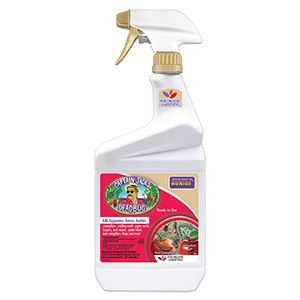Imported Cabbageworm

Pieris rapae
The Imported Cabbageworm is also known as the small cabbage white, the small white, the cabbage butterfly and white butterfly. The larvae of the Imported Cabbageworm prefers to feed on cabbage, cauliflower, broccoli, brussels sprouts, turnips, radishes, kale, lettuce and weeds of the mustard family. They chew irregular holes in the leaves and usually eat their way into cabbage heads from the bottom.
The white butterfly stage of the Imported Cabbageworm is the first sign of this pest. Butterflies are first seen in early spring since they overwinter as pupae. Release Trichogramma spp eggs at this time and they will help to reduce the population larvae by parasitizing the eggs.
The eggs of the butterfly hatch into velvety green caterpillars which grow to 1½" long. They have a thin yellowish-orange stripe down the middle of the back. Fully grown larvae form naked greenish-brown pupae which can often be found hanging from the bottoms of leaves or other protected areas. Ten days later, the second generation of butterflies emerges, continuing this cycle. Adults have been spotted anytime during the summer.
Control of the larvae is as simple as:
- Applying Hb Nematodes when planting seeds or 1 week before planting seedlings.
- Spraying seedlings and maturing cruciferous vegetables with Bacillus thuringiensis kurstaki or Spinosad.
For more information on other Lepidoptera spp. please see our Caterpillars and Moths Control page.
Photo courtesy of Clemson University Department of Entomology, Soils & Plant Sciences, Cooperative Extension Service.
-
$9.99–$29.99
-
$6.75–$11.99
-
$15.99–$124.49
-
-
$10.97–$41.48
-
$24.75–$119.50
-
$22.95
-
$16.65–$225.00
-
$58.00–$260.00
-
$18.50–$225.00













